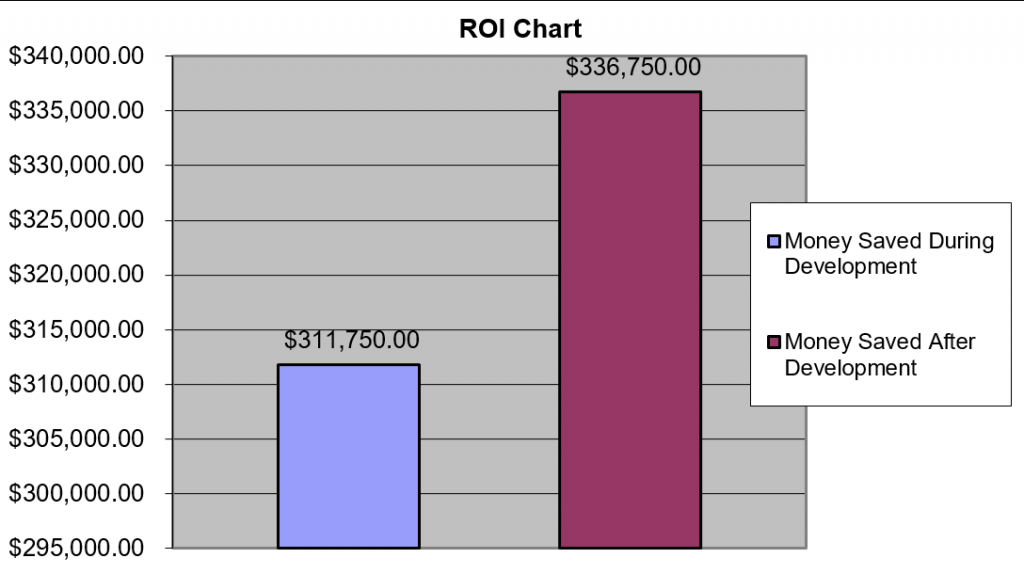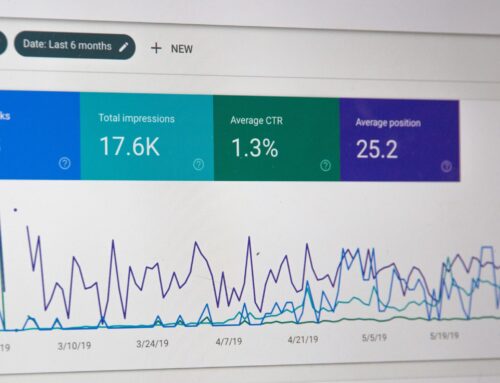 A company can’t run without tracking costs and benefits in every possible area. And one of the most important areas to track is training. Developing skilled employees is key to any successful company, but it’s crucial that it’s done in the most cost-effective way. Showing the profitability of your training is key to gaining leadership buy-in and practicing responsible business.
A company can’t run without tracking costs and benefits in every possible area. And one of the most important areas to track is training. Developing skilled employees is key to any successful company, but it’s crucial that it’s done in the most cost-effective way. Showing the profitability of your training is key to gaining leadership buy-in and practicing responsible business.
Remote training seeks to meet that need as it keeps growing into a more effective substitute to traditional training. Revamping your training to include more online strategies just might be the change needed to see the return on investment (ROI) you’ve been expecting.
How is Remote Training Beneficial?
 Remote training can provide your business many financial perks. One example is the money you can save on travel expenses and output. Traditional training often forces you to send your team to a different location, or at the very least to a back room of the office building. This sort of training forces all employees to leave their posts at once, which naturally leads to a loss in output. This problem might be cushioned by making your training a weekend outing, but this can make your workers feel overworked as a drawback.
Remote training can provide your business many financial perks. One example is the money you can save on travel expenses and output. Traditional training often forces you to send your team to a different location, or at the very least to a back room of the office building. This sort of training forces all employees to leave their posts at once, which naturally leads to a loss in output. This problem might be cushioned by making your training a weekend outing, but this can make your workers feel overworked as a drawback.
Remote training allows your employees to train anywhere and anytime. This makes the most sense as it can keep your workplace from seeing massive drops in output. eLearning practices also allow you to make your training more personalized and gamified. Both features are key to making content engaging and easier to retain in the long run. Your initial investment in eLearning should provide you with consistent savings. Employees will be more skilled, and you would be achieving this with regularly reduced costs.
How to Get Started
When calculating ROI, it’s vital to know what you’re measuring for. Since training’s end goal is to boost profits, you need to find where a lack of knowledge amongst workers is costing your business money. For example, a good starting point is noticing that your salespeople are struggling to get competitive deals over the line. You know that they’re just lacking specific skills, so your plan is to revamp training.
Once your training program is put in place, you have a clear lens through which to see your ROI. You won’t always have this clear of a measuring stick, but it’s important to try and narrow down the focus of your training as much as possible.
How to Calculate ROI
The traditional formula for calculating ROI is as follows:
| ROI % = | (Monetary benefits – Training Costs)/Training Costs x 100 |
As an example:
| Total Individual Expenses | $472,500.00 | |
| Total Facility Costs per Week | $6,500.00 | |
| Total Weeks for Training per Year | 100.0 | |
| Total Facility Costs per Year | $650.00.00 | |
| Total Training Costs per Year | $1,122,500.00 |
Total Money saved during Development: $311,750.00
Total Money saved after Development: $336,750.00
If your percentage is over 100% then you’ve increased training revenue. But, don’t panic if your initial ROI isn’t as fruitful as you might’ve expected. At least not right away. Getting learning and development off the ground is an investment. And your financial rewards are more likely to build up over time, rather than coming all at once.
Takeaway
As with any aspect of your business, you need to be detailed in your studies of how profitable your training is, for both stakeholders and your bottom line. If training isn’t bringing the ROI you expected, it may be time to start seriously thinking of moving towards remote.
For more industry-focused articles like this, subscribe to our free monthly newsletter, Smarter…Faster!




